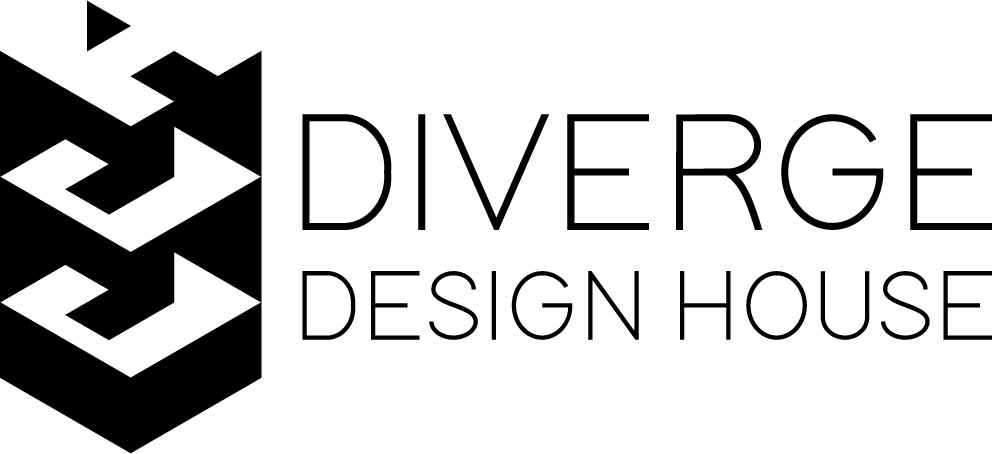The Rise of Sensory Architecture: Designing Spaces That Engage the Senses

Introduction
In an era where digital screens often dominate our day-to-day interactions, there is a growing call to reconnect with the physical world in meaningful ways. Enter sensory architecture—a design approach that goes beyond aesthetics to engage all five senses, creating spaces that not only look stunning but feel alive. As we move into 2025, multi-sensory spaces are emerging as a transformative trend, reshaping how we experience our built environments. This approach is gaining momentum across various sectors, offering a new way to inhabit spaces that foster emotional resonance and well-being.
Why Sensory Engagement Matters
Environments have a profound impact on emotions, behaviors, and well-being. Studies show that multi-sensory experiences stimulate deeper emotional responses and improve memory retention. A sensory architectural approach recognizes that we interact with spaces in a multi-dimensional way—through sight, sound, smell, touch, and even taste. By consciously designing for these senses, architects and designers can create environments that foster comfort, creativity, productivity, and relaxation.
Sight: Crafting Visual Serenity
While sight has always been a primary focus in architecture, sensory design goes further by ensuring that visual elements evoke a specific mood. Considerations go beyond color schemes and materials; they delve into visual harmony through natural light, shadow play, and bio-resonant color tones that mirror natural landscapes. This trend is projected to continue growing in 2025 as designers look to nature for organic shapes, natural textures, and color palettes that offer a serene escape from urban chaos.
Sound: Designing for Auditory Comfort
Sound design is an often-overlooked element in architecture, but it’s essential to creating immersive, comfortable spaces. The hum of soft background music in a lobby, the calming sound of water in a courtyard, or acoustics that insulate spaces from urban noise all play a role in sensory architecture. Every sound has a purpose, enhancing the user’s experience without overwhelming it. Whether it’s a whisper-quiet library or a bustling café with controlled acoustics, soundscapes are increasingly used to foster focus, energy, or relaxation.
Smell: The Power of Scent in Spatial Memory
Scent is perhaps the most evocative of the senses, often associated with memories and emotions. Scent architecture is gaining popularity in luxury spaces and hospitality, where signature fragrances leave lasting impressions. Subtle infusions of natural scents like lavender for relaxation, citrus for freshness, or cedarwood for warmth are strategically placed to elicit specific emotional responses. Imagine stepping into a corporate lobby that smells faintly of wood and fresh greenery, instilling a sense of tranquility and professionalism.
Touch: Textures That Connect Us to Space
In sensory architecture, tactile materials bring warmth and texture, inviting occupants to interact physically with the space. Soft fabrics, smooth stone surfaces, grainy woods, and even unexpected textures like leather or metallic finishes add layers to the experience. In 2025, expect a rise in demand for tactile surfaces that combine comfort with sophistication. Every texture is selected with care, creating a visceral connection between occupants and their surroundings.
The Future of Sensory Architecture: Sustainable and Human-Centric
The move towards sensory architecture aligns closely with the push for sustainable design. Using natural materials and designing spaces that mimic nature not only enhances user well-being but also reduces environmental impact. Biophilic design and eco-friendly materials go hand-in-hand with sensory engagement, creating spaces that are kind to both people and the planet. This emerging trend is setting the stage for a new era of sustainable, sensory-rich environments that enrich lives while making a minimal environmental footprint.
Conclusion
The future of architecture lies in spaces that don’t just serve a functional purpose but that engage, inspire, and rejuvenate. Sensory architecture offers a promising path forward, crafting spaces that embrace the full spectrum of human experience. Whether it’s a serene workspace that fosters focus, a luxury residence that feels like an oasis, or a vibrant public area designed to energize, the possibilities of sensory architecture are truly endless. In the world of sensory design, every detail counts—and in 2025, every detail will be crafted with intention.

